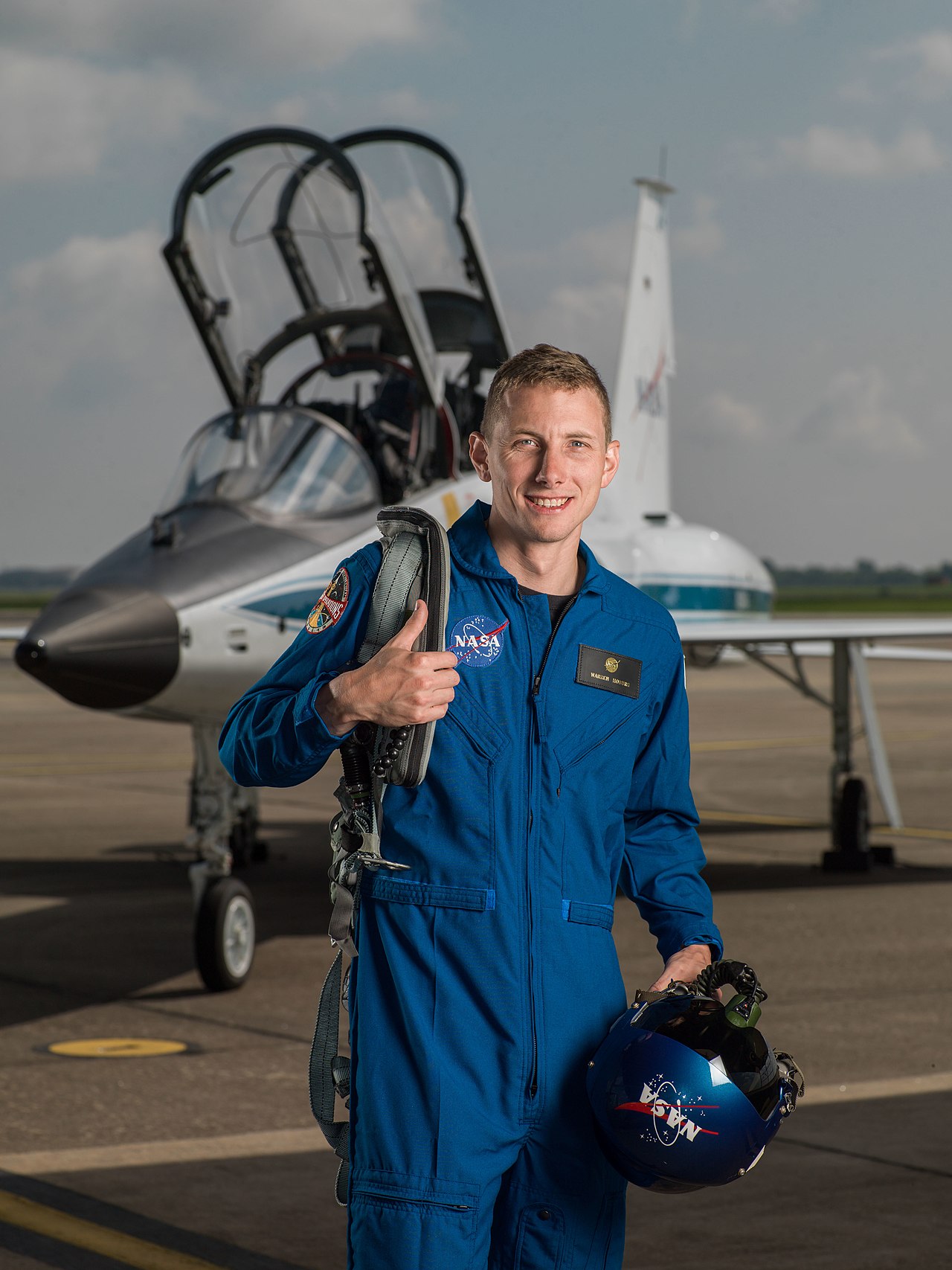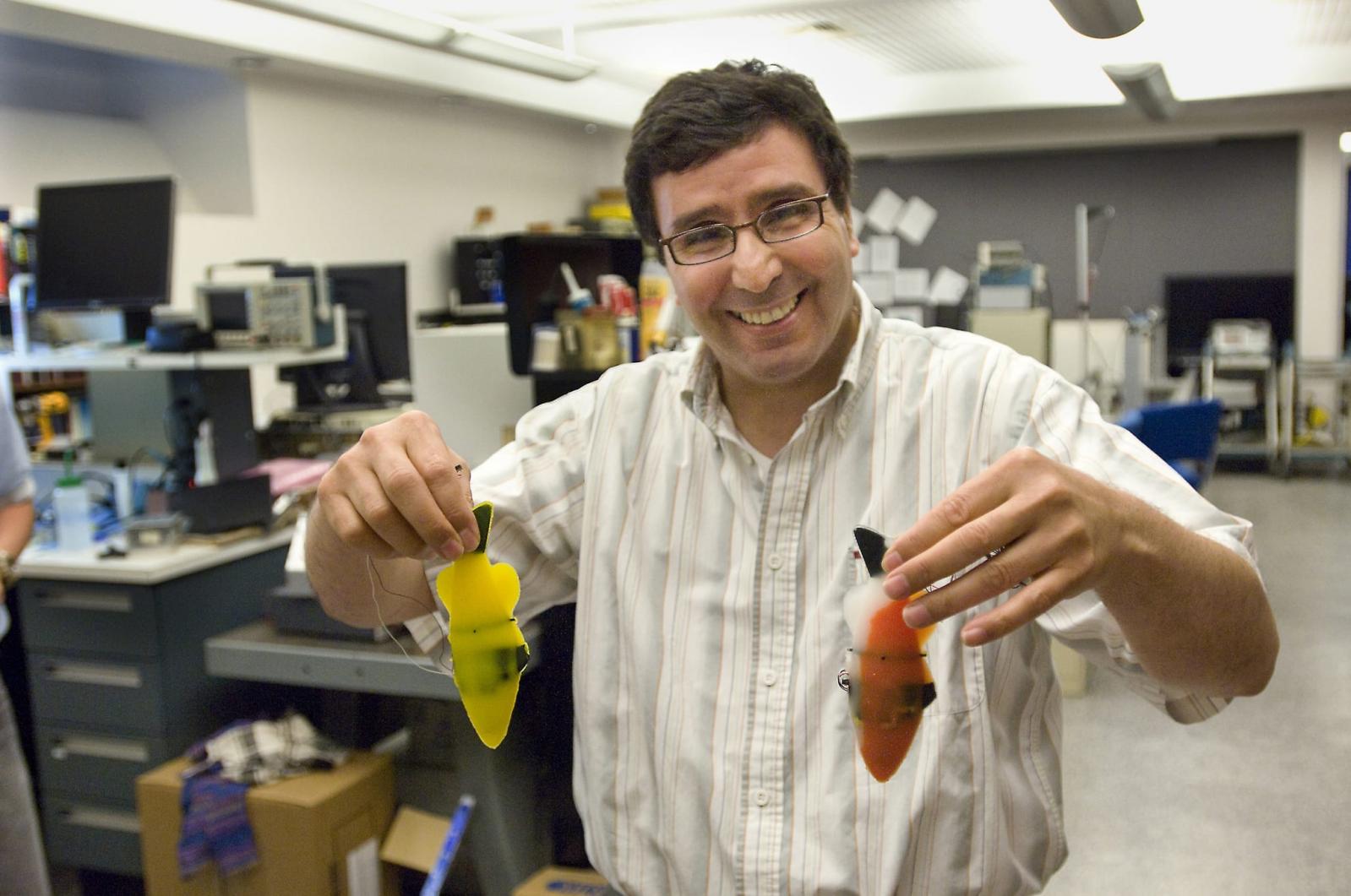Robots and automated processes have transformed how global companies make and distribute products. For students interested in robotics, LGO offers coursework and research along a sophisticated automation toolkit, both in the classroom and in robotics internships. Multiple departments at MIT are researching the many ways that robotics and automation can solve problems. Aeronautics and Astronautics, Mechanical Engineering, and Electrical Engineering departments all offer robotics classes. MIT’s cross-disciplinary institutes like CSAIL and the Media Lab also contribute to groundbreaking research on the topic. Several LGO partner companies have leveraged LGO internships in robotics to develop automation solutions.
Andrew Mighty (LGO ’23)
Title: Autonomous Drone Assisted Aircraft Inspections
Engineering Department: Electrical Engineering and Computer Science
Partner Company: BoeingEngineering Department: Electrical Engineering and Computer Science
Partner Company: Boeing
Kaya Thomas Wilson (LGO ’23)
Title: Automated Guided Vehicles for Material Flow in Fulfillment Centers
Engineering Department: Civil and Environmental Engineering
Partner Company: Amazon
Felix Dumont (LGO ’21)
Title: Deep Learning Models of Scanner/Vision Tunnel Performance in Sortation Subsystems
Engineering Department: Electrical Engineering and Computer Science
Partner Company: Amazon






